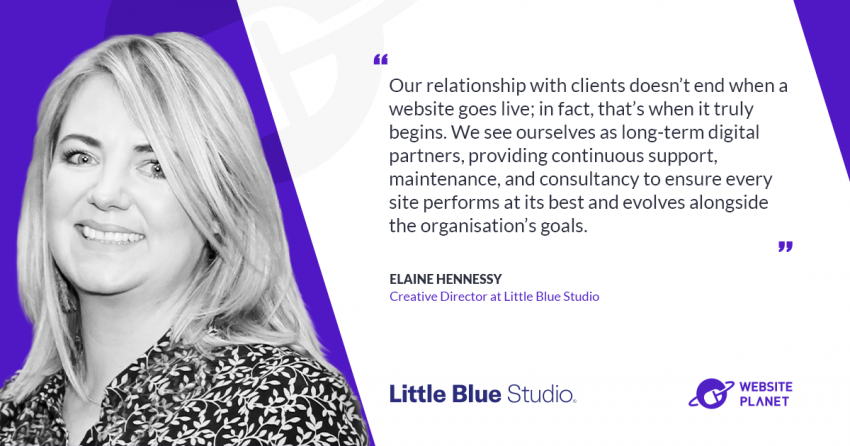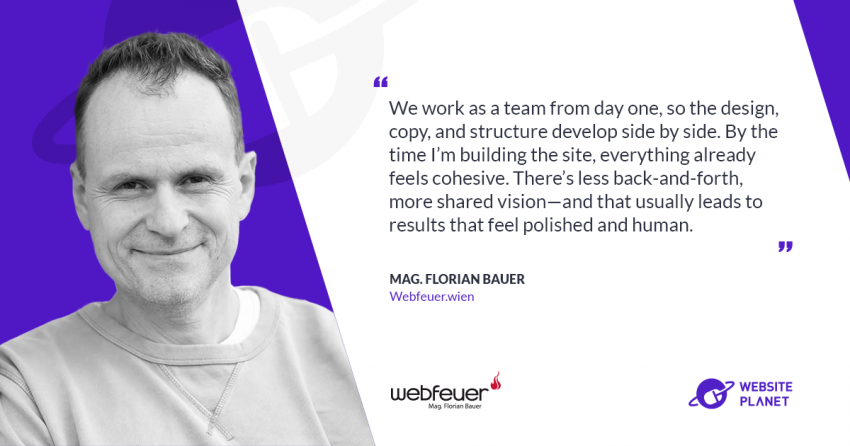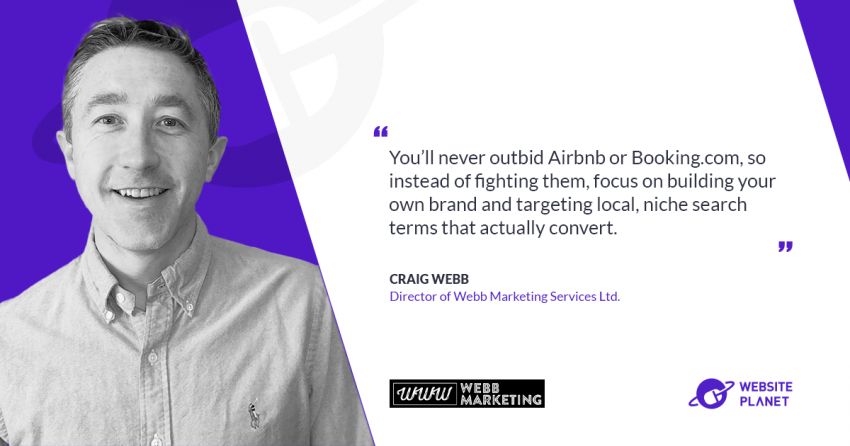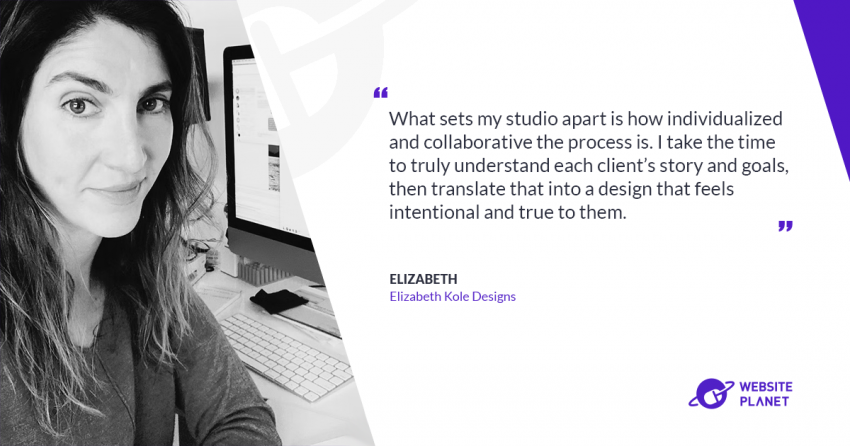Website Planet had the chance to chat with Sharat Potharaju, co-founder & CEO of Uniqode, a QR code management platform with over 30,000 businesses as customers, including almost 80% of Fortune 500s.
As pioneers in the QR Code industry, there’s no one better to turn to for insights into the advancements of QR Codes, their evolution over time, and the exciting prospects ahead in the next few years for online business owners.
Read on because the numbers and insights are “very interesting”…
What’s the story of Uniqode?
The journey as CEO and Co-founder of Uniqode has been incredibly fulfilling and exciting. It all started with a shared vision to bridge the gap between the physical and digital worlds and transform the way businesses engage with their customers.
When my co-founder Ravi Pratap Madimsetty and I founded Uniqode in 2009, our primary goal was to empower businesses with proximity-based marketing. This technology allows businesses to create personalized and contextual experiences for their customers, fostering deeper connections and driving meaningful engagements.
Over the years, our company has experienced remarkable growth, and our platform has continuously expanded, delivering increasingly innovative solutions to businesses spanning various industries.

Notably, the technology that has proven most effective and in high demand throughout this journey is none other than QR Codes. As you are aware, the pandemic has brought about a transformative shift in the utilization of QR Codes. *
One of the most rewarding aspects of this journey has been witnessing the impact QR Codes have had on businesses and consumers alike. It’s incredibly gratifying to see how our clients have utilized QR Codes and other proximity marketing tools to enhance their marketing strategies and elevate customer experiences.
Of course, like any entrepreneurial venture, we faced challenges along the way. But we have always remained committed to staying at the forefront of technological advancements, continuously innovating, and adapting to meet the changing needs of the market.
How has QR Codes adoption changed over the past few years?
Over the past couple of years, QR Codes have experienced a remarkable transformation, adapting to the dynamic landscape of technology and consumer preferences.
QR Codes are witnessing a broader adoption across various industries. I think until a few years back, the most common use case of QR Codes was for payments and, of course, in restaurants replacing physical menu cards. And the primary factor that fueled the widespread adoption of QR Codes is their versatility during the pandemic.
And as you might already know, QR Codes were founded back in 1994, and it took a significant number of years, I think over 16 years, for us to see them being used widely in public. Even though QR Codes existed before this, barcodes were the more prominent ones.
But things took a sharp turn when the pandemic hit. There was a rapid rise in the need for contactless or touchless interactions. Holding a physical menu or handing out currencies by hand was not safe, and QR Codes essentially emerged as a hero for implementing these health and safety measures globally.
What is new in the field of QR Codes, and what are you doing differently with them?
When it comes to QR Codes, there have been several exciting developments and advancements in recent times. We are seeing QR Codes everywhere now: from inventory management, product packaging to print advertising, it’s gaining popularity very quickly. And the primary reason for this is not just the ease of use of QR Codes but the flexibility and customizability that comes along with using QR codes.
One of the most important emphasis right now is on enhanced design and customization. Traditionally, QR Codes were simple black-and-white patterns, but now it is more than that. Businesses can create visually appealing and branded QR Codes with logos, colors, and attractive frames. This personal touch makes QR Codes more appealing and engaging for consumers, and this helps in improved brand recognition.
We also prioritize the importance of analytics and insights. Our QR Code generator offers comprehensive data tracking, allowing businesses to measure the success of their QR Code campaigns effectively. From the number of scans to user demographics and scan locations, these insights provide valuable feedback to optimize marketing strategies and make data-driven decisions.
Trust is paramount in QR Code usage, and we implement robust security measures to protect consumers from potential scams and malicious QR Codes. Uniqode is GDPR and SOC-2 Type II compliant, and this is a testament to our unwavering commitment to safeguarding user data and maintaining the highest standards of data privacy and security.
5 surprising benefits of QR codes vs barcodes
- QR codes are editable even after printing or online distribution
- QR codes are trackable
- QR codes can store up to 100 times more characters than barcodes
- QR codes are still scannable regardless of their very small size
- QR codes are 30% more resistant to damage than barcodes (myth debunked!)
What are the best ways to make the most out of QR codes?
First and foremost, understand your audience. Some demographics are more familiar with QR codes than others. For example, a 65 year old may need some help in understanding what to do with it, whereas a teenager will need no assistance.
Regardless of the format you choose for your QR codes (static or dynamic), you must make sure to use the highest resolution possible, and consider a size that is appropriate for the where you are placing the QR code.
For the colors, I personally suggest a 40% contrast between the background and foreground to make the QR Code better stand out. Adding a frame with a CTA, or a custom background are two good ways to improve that further.
What does the future of QR Codes look like?
QR Codes won’t just be for marketing and payments. They’ll be popping up in healthcare, hospitality, and even events. They’ll make things so much easier with contactless interactions and real-time info access.
They will be the go-to for digital marketing. More brands and businesses will use them to connect offline and online experiences, making sure you get their awesome content wherever you are. And QR Codes are already associated with augmented reality, but I’m sure we can see a lot more interactive AR experiences delivered through QR Codes in the coming years.
QR Codes already support sustainable marketing practices, reducing the need for physical printed materials. This shift towards digital communication is going to be even more prominent and will contribute to environmental conservation efforts. I think the replacement of physical paper business cards with digital business cards is an excellent example of this.
There’s a lot more to the future of QR Codes, and this is just the tip of the iceberg. We anticipate them to become more visually appealing, technologically advanced, and seamlessly integrated into various aspects of our daily lives. As businesses continue to leverage QR Codes creatively and responsibly, they will continue to be a powerful tool in driving customer engagement, enhancing user experiences, and shaping the marketing landscape for years to come.













